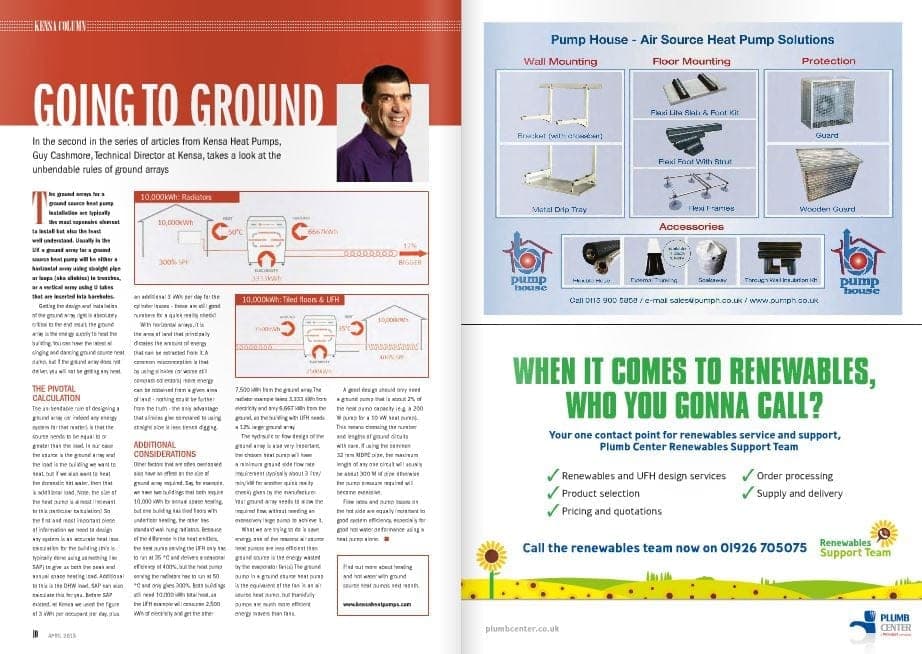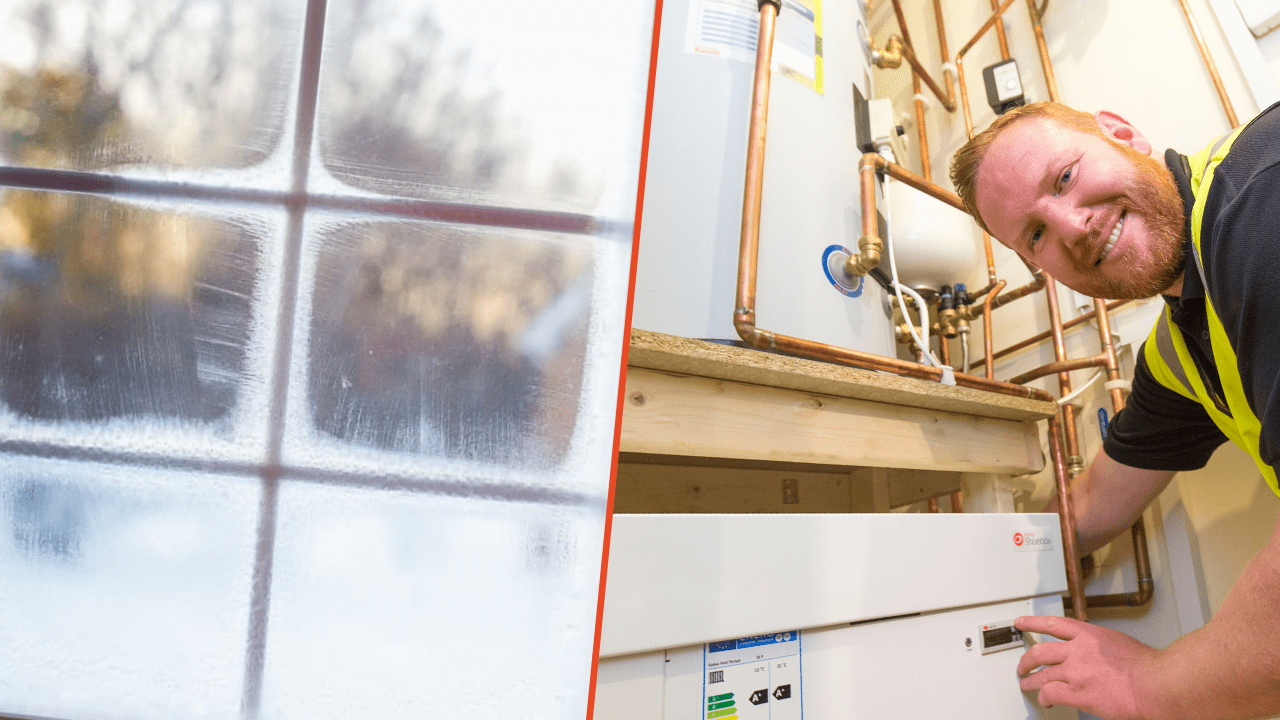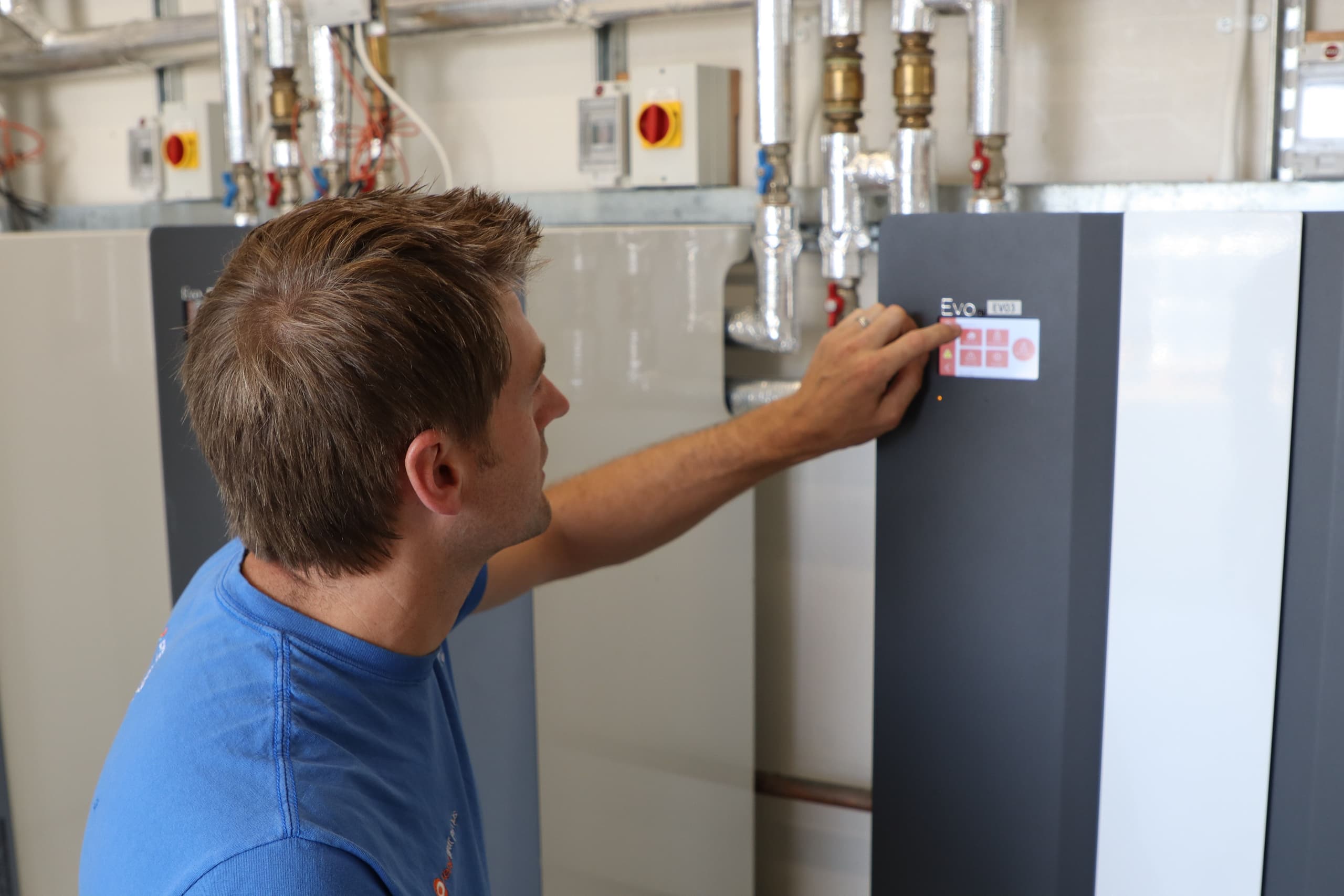Heat Pumps and Single Phase Power
- Installers
- 4 min read
Our Technical Director Guy Cashmore is a regular columnist for Heat Pumps Today magazine and writes on a monthly basis about hot topics within the heat pump industry.
He has put together a special feature about the considerations of running large heat pumps on single phase power supplies.
You can view the article on page 13 of the online issue here . Alternatively, you can read the article in full below:
Heat Pumps and Single Phase Power
The United Kingdom is often called the ‘odd man out’ of Europe for lots of different reasons; a lesser known British ‘eccentricity’ is our typical domestic electricity supply. In nearly all of Europe, three phase electricity is supplied as standard to all but the very smallest of homes, but in the UK three phase power is very rarely supplied as standard, except to the very largest of homes.
In the UK three phase power is rarely supplied as standard
Where heat pumps are concerned this means that most of the European manufacturers simply don’t make large output single phase units; this is where companies like Kensa, who manufacture single phase units up to 24kW, have found a niche.
Running large heat pumps on single phase power does present some challenges though: large single phase compressor motors typically have very high inrush (starting) currents that can cause lights to flicker, and other electrical appliances that are sharing the same supply to malfunction. As this could be at a neighbouring property, the network operators have become very fussy about what can and can’t be connected to a domestic supply. To overcome this, two technically quite different approaches exist to solving the issue.
There are two different approaches to solving the issue
The first, which is most commonly used in air source heat pumps, is actually to fit a three phase compressor and additionally fit a converter (known as an inverter) that converts the single phase power to three phase. This approach beautifully solves the starting current issue but unfortunately creates two new issues: one is harmonics (a different type interference) that travel back up the electricity supply cables and can cause other appliances to malfunction; the other is a loss of efficiency. The inverters themselves are less than 100% efficient in the conversion, so some of the electricity used is always being wasted; this is one of the reasons why air source units are generally less efficient than ground source.
The alternative is to fit a single phase compressor motor combined with an electronic limiter that reduces the inrush current to an acceptable level; typically this will be reduced to about one quarter of the ‘direct on line’ current. Although the starting current won’t be as low as when using an inverter, because the electronic limiter is taken out of circuit once the compressor has started. The harmonic and efficiency loss problems don’t exist with this type of system.
How to achieve a high heat output
So avoiding inverters is possible and desirable, but isn’t the only difficulty with large single phase units in the UK market. Because the global demand for large single phase compressor motors is small, currently the largest commercially produced heat pump compressor gives a maximum heat output of about 12kW to 13kW. This is enough for the average size home but not sufficient for anything larger. With most manufacturers this would mean fitting two separate single phase heat pumps, although Kensa produces twin compressor machines that provide a lower cost solution.
Using two compressors and two separate refrigerant circuits opens up another possibility: that is to use different refrigerant gases in each circuit. Some gases (like R407C and R410A) give high kW outputs but at the expense of limited maximum temperature to around 55°C, which is fine for space heating but not really high enough for hot water production. Other gases (like R134a) do the opposite, giving high temperatures up to around 65°C, but with reduced kW capacity from the same size compressor. But by combining the two gases in a twin circuit heat pump, it is possible to produce a single machine that only has a small kW penalty but can produce high temperature hot water when required. Indeed, Kensa’s Twin Hybrid Compact heat pump does just this.
So with careful system design and product choice, even large properties that have only single phase power can benefit from heat pumps. These dwellings in particular are likely to be currently using expensive oil or LPG, and have the land available for the lowest cost horizontal ground arrays.
*Published online in Heat Pumps Today magazine January 2015


